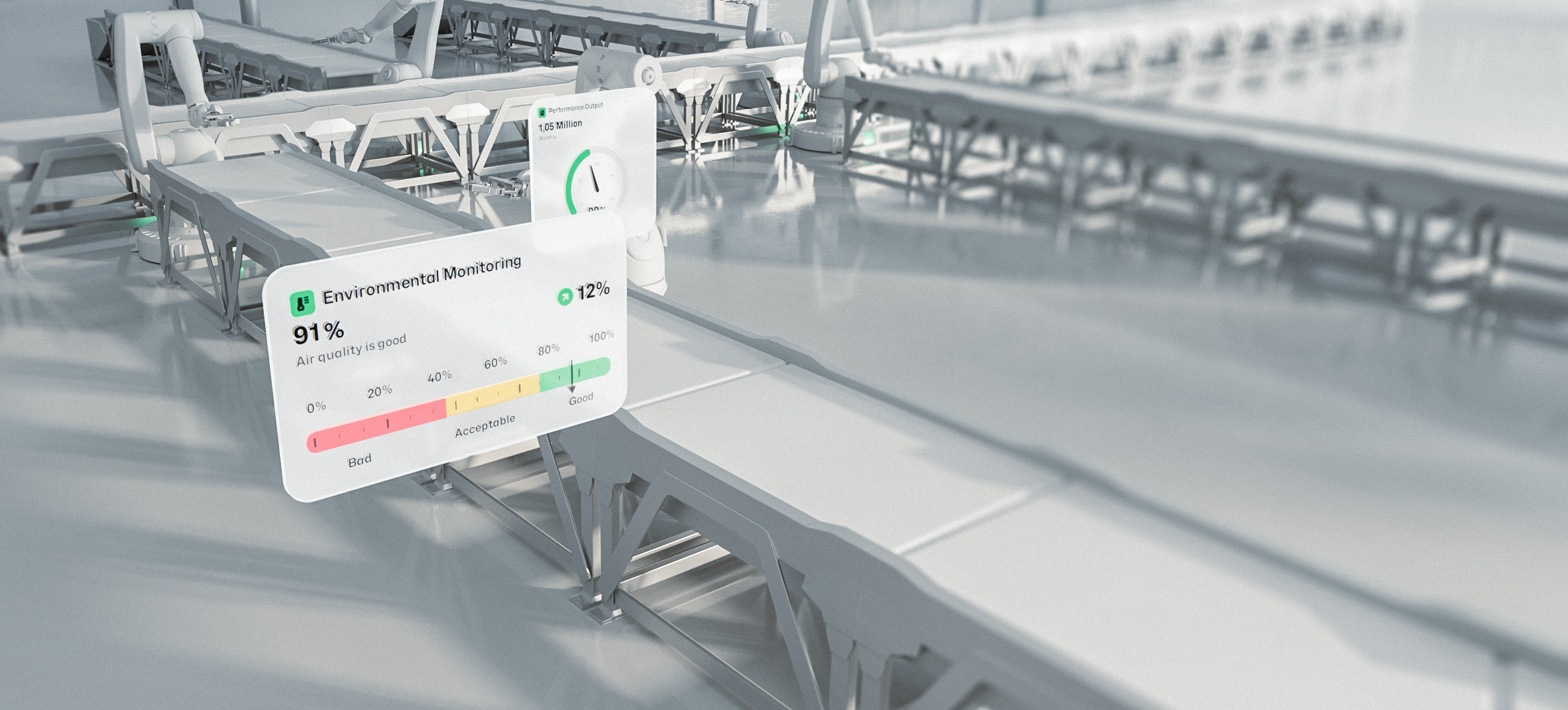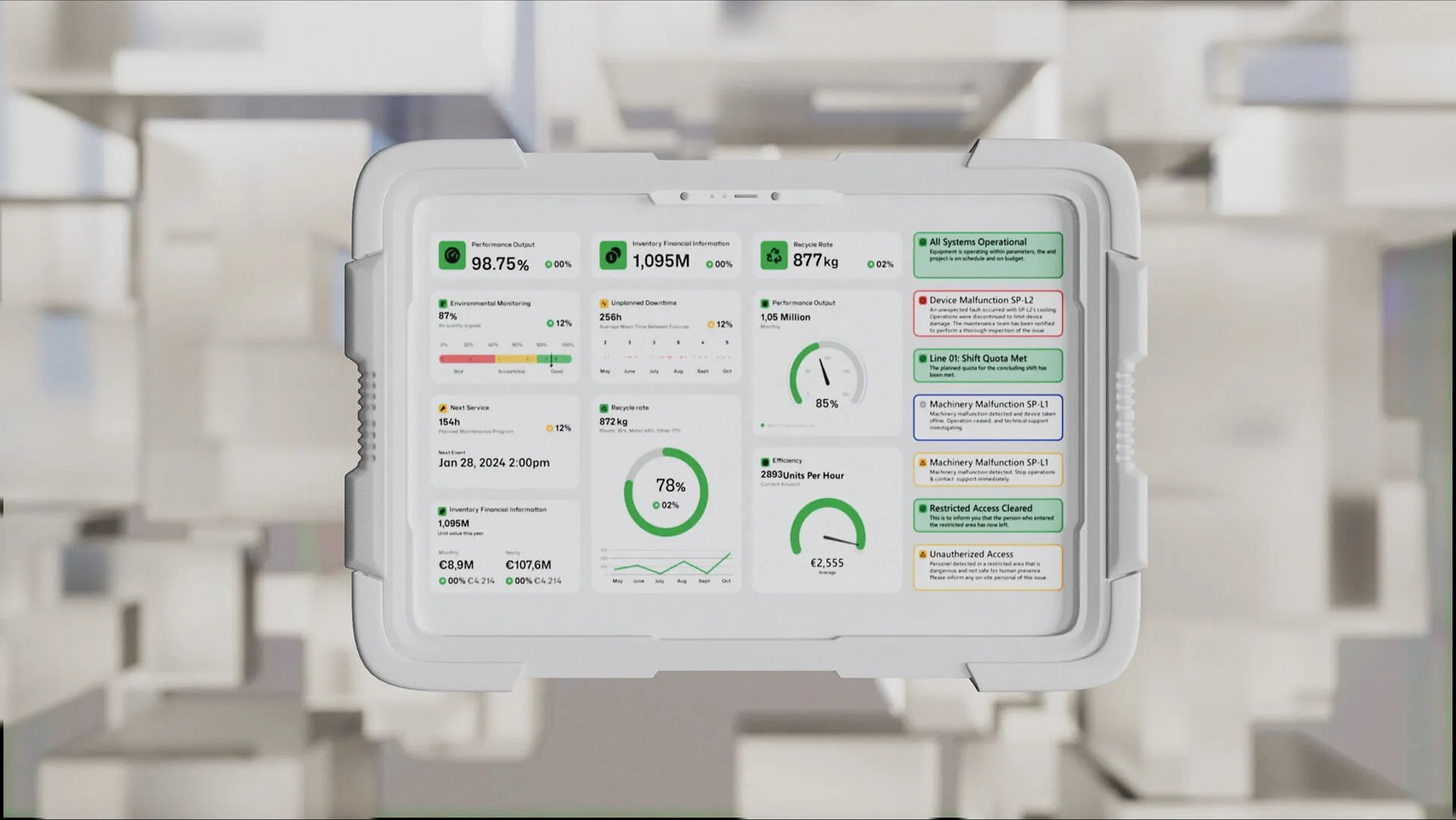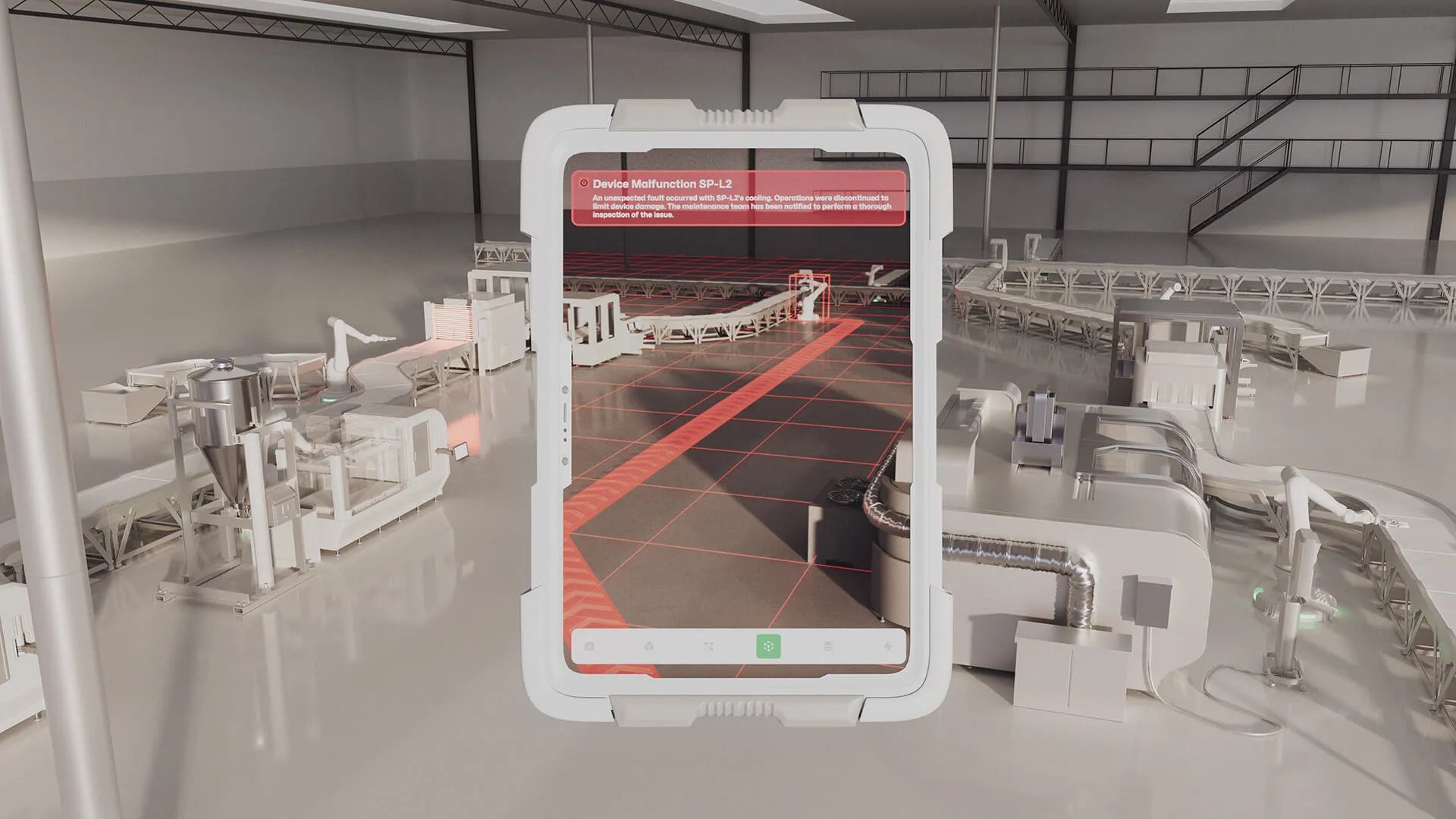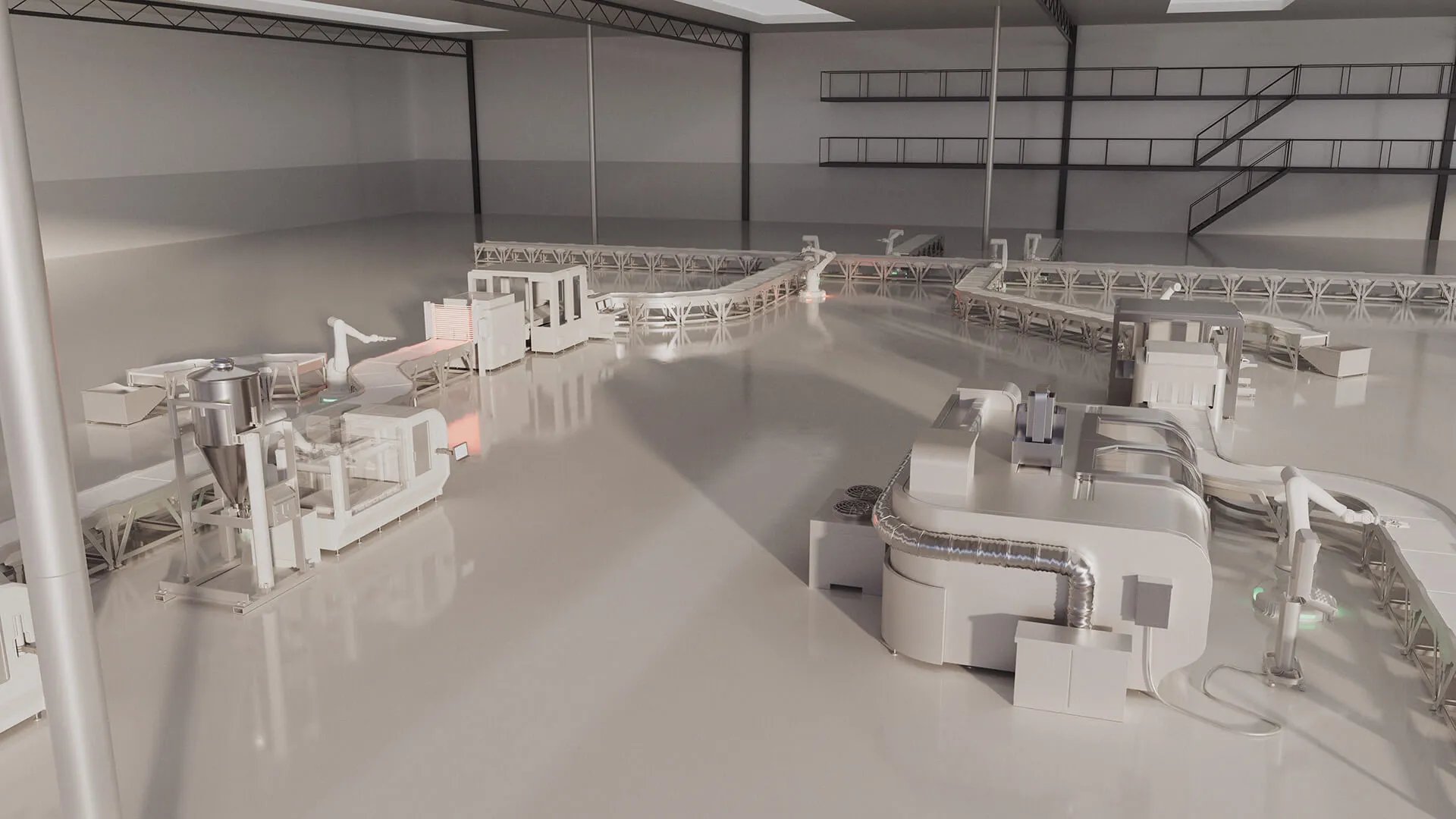The Future Landscape of Industrial Automation
April 05, 2024 by Matteo Capelletti | Comments
World-leading industrial manufacturers leverage connectivity, advanced 2D and 3D graphics, and AI to increase performance, minimize downtime, and boost competitiveness. In our recent Webinar Navigating the Future Landscape of Industrial Automation Excellence, industry experts engaged in a lively discussion on the core trends driving the Industry 4.0 revolution. With this blog, we intend to put some of these insights into a wider context and connect them to some of the work we at Qt Group recently published in this area, especially our latest Industrial Automation high-impact demo.
Watch On-Demand Our High-Impact Demo Webinar
Fueled by the need to scale globally and the opportunities opened by recent digital advancements, the fourth industrial revolution is characterized by extensively exploiting production data and by leveraging connectivity, advanced graphics, and AI to increase efficiency and maximize quality. Intertwining in a number of ways, such Key Enabling Technologies (KET) are crucial in enhancing productivity and scalability in the industrial processes and open a range of growth opportunities.

Data
Industry 4.0, the Smart Factory of IoT, is characterized by leveraging data across all stages of production. The amount of data generated from machines, sensors, and workers is overwhelming. Interpreting a variety of datasets, identifying the most relevant data points, and understanding dependencies require targeted actions, teams, and expertise.
In themselves, data are just raw numbers and, to provide insights into the production process and inform decision-making, they need to be collected, interpreted, and shared. Recently, data science, statistics, and machine learning have advanced considerably and grown in popularity as they help us disclose the hidden meaning of data and drive actions upon them. At the same time, new technologies, such as high-performance graphics and artificial intelligence, leverage data to display information or simulate production processes, and to detect patterns, extract features, or predict trends, respectively.
There is, however, another key enabling technology, somewhat prior to the aforementioned ones, that allows industrial manufacturers to leverage the power of data (and that of data visualization and data intelligence) at scale and amplify their value far beyond the boundaries of their local source. That is connectivity, which we intend to discuss next.

Connectivity
In the industrial space, horizontal scalability can be defined as the set of players and devices that need to communicate, interact with each other, exchange and interpret data, and act accordingly. On the other hand, vertical scalability has to do with the ability to monitor devices and production, not just in-situ, near the machine, but also remotely, from control rooms potentially distant from the shop floor, but also from portable devices. Connectivity, in its broadest sense, is one of the key enablers of horizontal and vertical scalability in Industry 4.0.
As we see extensively in large organizations and increasingly in small-medium enterprises, sensors are being connected to the production equipment and collect real-time data on the performance of each machine, its state, and the manufacturing quality. But it’s thanks to connectivity that such data can be exchanged across devices—enabling, for instance, autonomous machine-to-machine interaction—and monitored from a central location, remote from the data source.
The highly debated theme of IT/OT convergence has to do with the digital connection that manufacturers are establishing between the top floor and the shop floor by which monitoring, diagnostics, and control of the production can be centralized and decoupled from the physical machines to offer a global holistic view of the production process that extends beyond sites and even regions.
Real-time control over the shop floor goes far beyond monitoring the near-machine production data and includes, for instance, data aggregation from various sources, historical analysis, simulation, predictive models, and more. In turn, these advanced data processing capabilities need to be displayed in remote SCADA systems or portable devices, which leads us to the next topic.

Graphics
That of graphics is a core theme at Qt Group. From charts displaying aggregated datasets to complex simulations via digital twins and extended reality, graphical user interfaces are reshaping industrial processes. Qt's state-of-the-art real-time graphics capabilities enable the visualization of complex data in the form of 2D charts and graphs to identify patterns and trends quickly, but also the creation of immersive 3D experiences. The latter are being widely used in Industrial Automation for the implementation of digital twins for testing and optimizing processes, of extended reality environments for remote maintenance and training, and of CAD models for accurate visualization and analysis.
As they allow manufacturers to identify potential problems and improve products before these are even built, digital twins have become essential for designing machines and even entire production lines. They also play a central role in supporting throughout the product lifetime, by enabling real-time performance monitoring and the identification of improvements after retirement.
Zero-defect Manufacturing strategies aim at proactively identifying potential defects. If assets like industrial pumps or rolling ball mills fail, the production loss may be huge and downtime may impact the whole production chain. By establishing a practice of predictive maintenance based on digital twins, industrial manufacturers can anticipate issues, introduce preventive actions, and reduce the impact to the minimum.

Artificial Intelligence
Building on data, artificial intelligence helps disclose patterns concealed within massive datasets. This way, it reveals their meaning and possible trends that are not visible to the human eye.
As part of the Zero-defect Manufacturing strategy in Industrial Automation, AI enables manufacturers to identify potential defects before they occur and to take corrective actions before they impact production quality.
A common use case, also implemented in our Industrial Automation demo, is that of quality control. By analyzing data from sensors on the production equipment, AI algorithms can identify patterns that indicate anomalies or potential defects. Automatic alerts can consequently trigger corrective actions before further damage is caused.
Process optimization also leverages AI to identify inefficiencies and bottlenecks in production lines, allowing manufacturers to make adjustments and improve throughput.
➤ Learn More about Qt in Industrial Automation
Conclusion
There is a myriad of use cases for AI in the industrial sector, many of which we can hardly foresee. Given the rate of advancement in the area, it may not be far the time when AI will support in designing the actual optimized shop floor and the best machines therein...
At Qt, we are investigating possibilities to leverage AI to generate graphical user interfaces based on user's prompt, to convert designs into code, and obviously, to support developers in their code writing routine.
We have much ongoing also in relation to connectivity. In addition to Qt framework's Remote Object, Interface Framework, etc. ensuring synchronization of key objects in Qt applications, we have support for the standard industrial protocols, like OPC UA and MQTT, to enable easy integration with non-Qt technology, and recently introduced higher level of abstraction to simplify the creation of applications that consume web services.
In terms of data visualization, Qt technology has been, for decades, foundational to market-leading business intelligence tools. The newly released Qt Quick Graphs module brings together 3D data visualization capabilities and charting functionalities under a consistent architecture, sitting on top of the high performance Qt Quick 3D Scene Graph.
Explore Our Industrial IoT Demos
Blog Topics:
Comments
Subscribe to our newsletter
Subscribe Newsletter
Try Qt 6.9 Now!
Download the latest release here: www.qt.io/download.
Qt 6.9 is now available, with new features and improvements for application developers and device creators.
We're Hiring
Check out all our open positions here and follow us on Instagram to see what it's like to be #QtPeople.



Commenting for this post has ended.